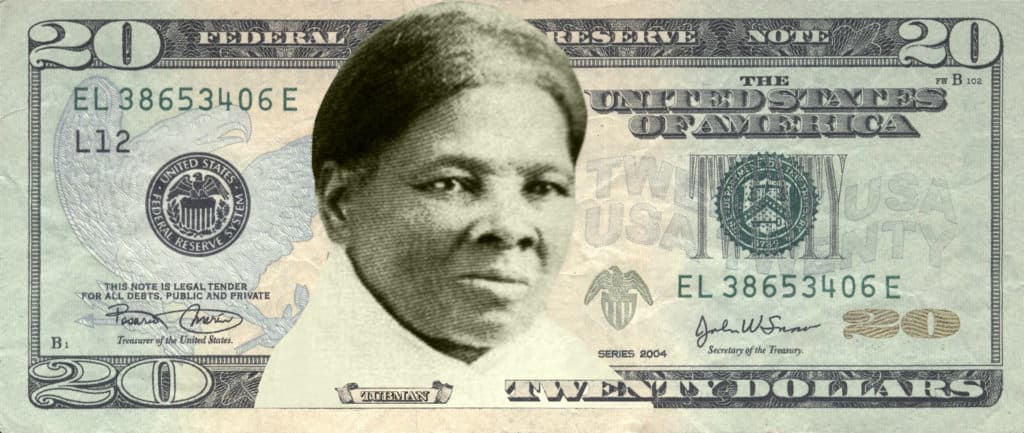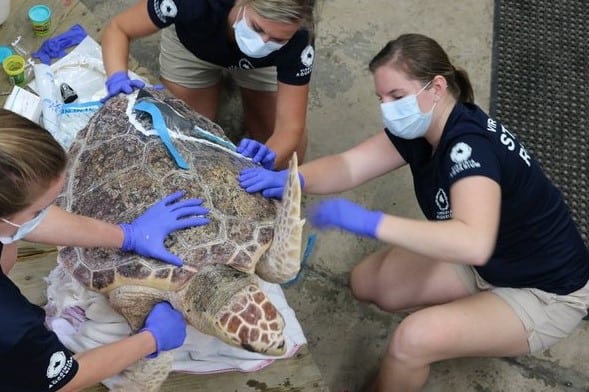Harriet Tubman, born into slavery on Maryland’s Eastern Shore, may get another chance to be honored on U.S. currency. It’s welcome news to the historians and volunteers who carry on Tubman’s legacy in Dorchester County and along the Underground Railroad’s historic stops.
President Joe Biden’s press secretary said last week the incoming Treasury Department is taking steps to renew efforts to put the abolitionist leader on the $20 bill. It was an idea initiated during President Barack Obama’s administration, which stalled during President Donald Trump’s presidency.
Tubman would replace Andrew Jackson, the nation’s seventh president, on the bill. Supporters of the change point out that Jackson not only owned slaves, but also drove Indian nations from their lands through the 1830s, in a forced exodus known as the Trail of Tears.
Linda Harris, a docent at the Tubman Museum and Educational Center in Cambridge, tells Bay Bulletin, “Andrew Jackson’s history as a slave owner and ethnic cleanser is but a footnote to many. He is instead honored as a man of humble beginnings that ushered in the Industrial Revolution. We should not just put people on our currency because of their importance, but for how they make us feel!”
Like many who are proud to preserve the history of Tubman’s Chesapeake Bay ties, Harris expresses excitement about the renewed interest in putting Tubman on the $20 bill. “Harriet Tubman freed the enslaved bodies and minds of many and America from itself. And that makes me feel very good,” she says.
Tubman was born into slavery in Dorchester County in 1822, the fifth of nine children. She was hired out by her owner beginning at the age of six, and learned survival skills that ultimately gave her the skills needed to help freedom-seekers escape to the north.
Today Dorchester County is host to a robust historical presence honoring and detailing Tubman’s early life, which shaped her famous role in the Underground Railroad. In addition to the Museum and Educational Center, Dorchester County’s Harriet Tubman Underground Railroad Scenic Byway takes visitors on a trail of 45 sites, winding for 125 miles through Maryland’s Eastern Shore, then 98 miles more through Delaware before ending in Philadelphia. At its heart is the Harriet Tubman Underground Railroad Visitor Center, new in 2017, in Church Creek.
-Meg Walburn Viviano




